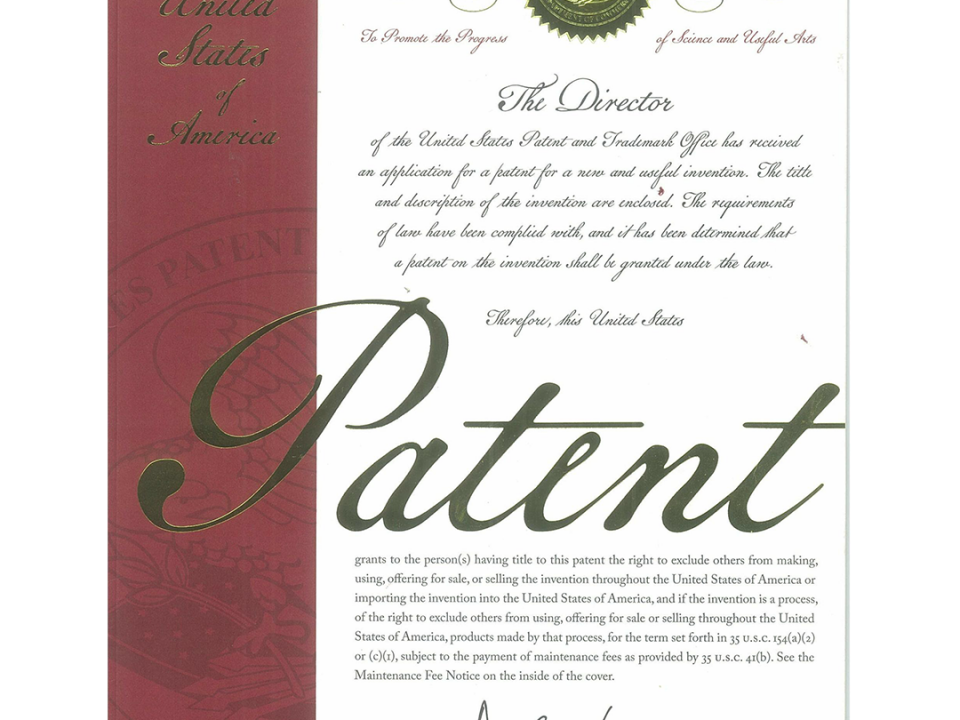A Patent Attorney’s Suggestion…
Try this order next time: Invent – Incorporate – Invest

It’s not surprising that many independent inventors invent and then look around for cash or anyone who will invest in them. Sometimes they invite investors in on the “ground floor.” It’s an understandable approach since even the greatest idea is no good to anyone if there’s no money to get it out of the garage or the lab and into a patent. Unfortunately, this typical approach often has a sad ending for many inventors unless they consider an interim step: incorporation.
Invention Investor or Shark in the Water?
We’ve had inventors come to us after-the-fact relating their horror stories about teaming up with investors… The arrangement is “50-50” at first… then the sophisticated investor shoehorns the inventor out. Sometimes it goes like this: inventor Charlie invites investor Jake in at 50-50, which quickly becomes “66-33” or “70-30” as soon as Charlie needs the next tranche of cash to go to that next conference, get an accreditation, or commission an industry-standard test. So it goes, again and again, until eventually “50-50” has become “100-0.” Jake profits hugely from such leveraged arrangements, but Charlie has, in some ways, lost his life’s work.
Investor Ready – A Better Way
We know of another example in which an inventor, Steve, was manhandled by investor Bob and had little bargaining power but to accept all that Bob demanded. Time pressures, take-it-or-leave-it bargaining positions, and sloppy and incomplete performance by Bob had Steve beside himself jumping through every hoop set up by the investor dangling the carrot of a possible investment.
In contrast, a better prepared inventor, Bill, has set up a “C” corporation, filed a patent application, and filed an application for federal trademark registration, all within about six weeks of launching the venture. Inventors like Bill are now investor-ready: an investor has something to invest in, and the investor cannot take advantage of a structure-less “neat idea” and a naïve inventor. Bill’s corporation has many features that sophisticated Angel Investors seek, such as preferred stock with certain preferences that protect investment. But the corporation does not have certain onerous provisions that might unfairly favor the investor, such as the right of redemption. This makes corporate structuring and tax credit qualification an important part of your initial business strategy.
So, don’t be like Charlie and Steve. Be like Bill – get your legal ducks in a row first! With the help of competent counsel, build your corporate structure and protect your intellectual property. THEN talk to investors.

With the help of competent counsel, build your corporate structure and protect your intellectual property. THEN talk to investors.







